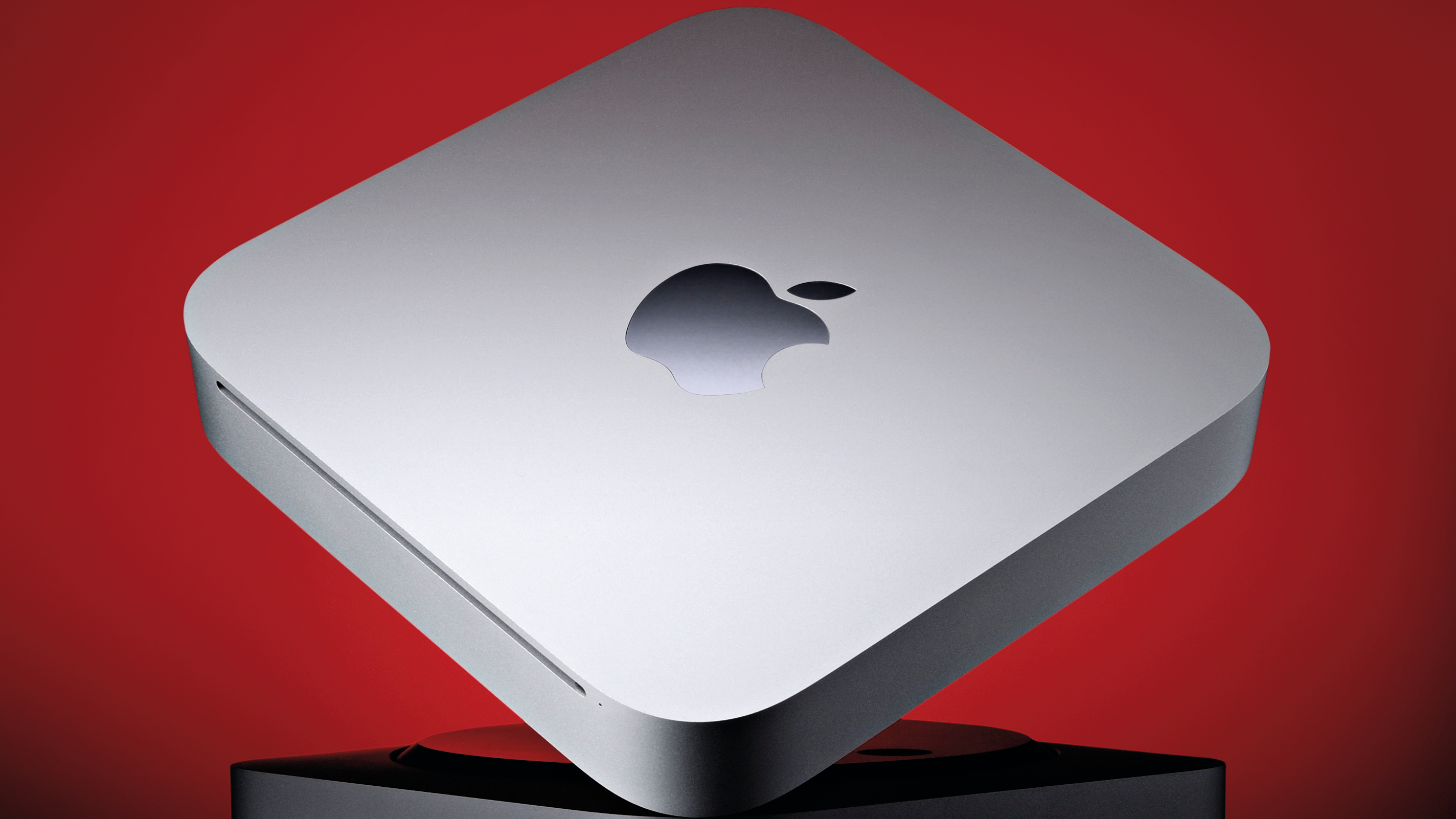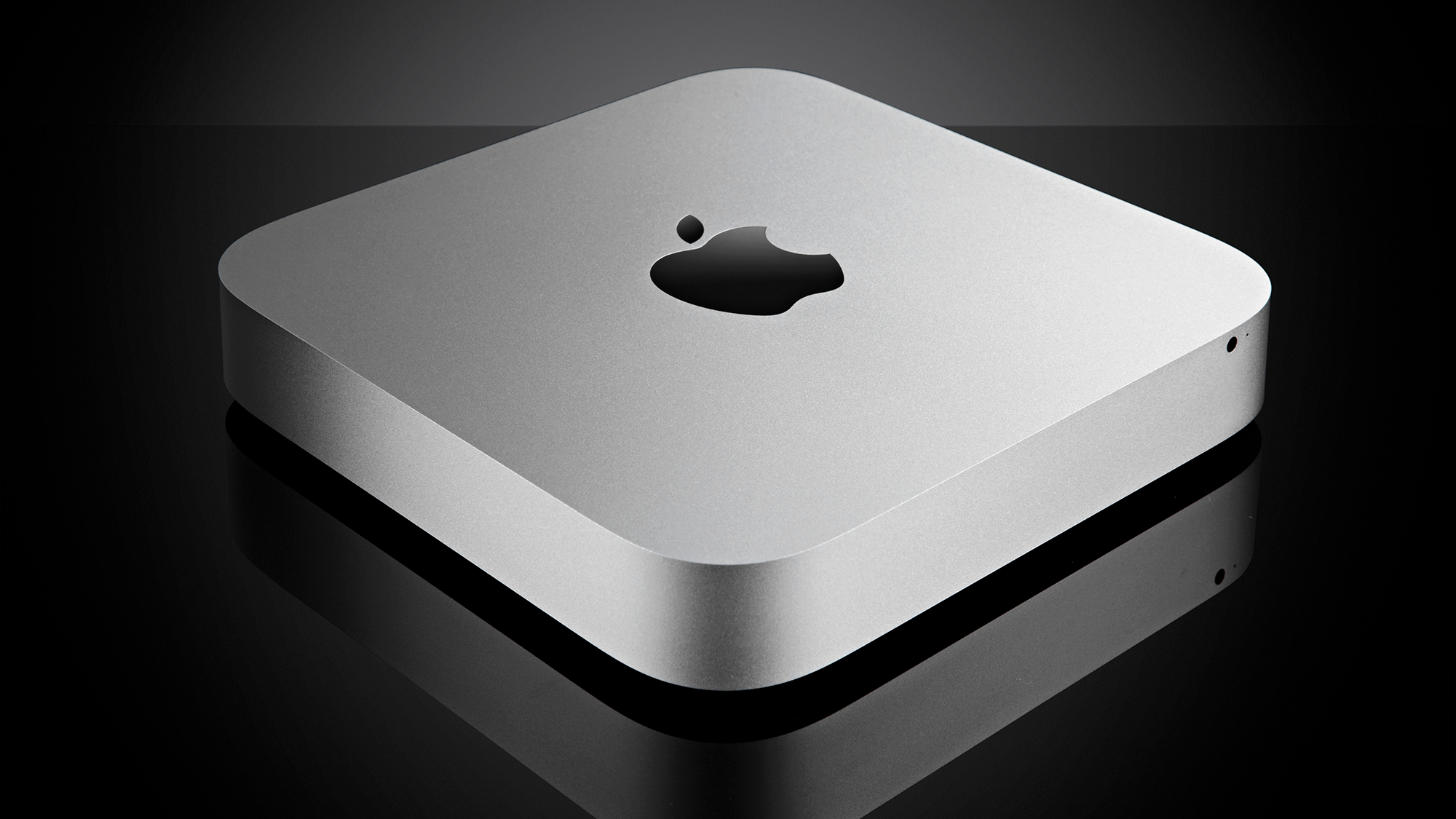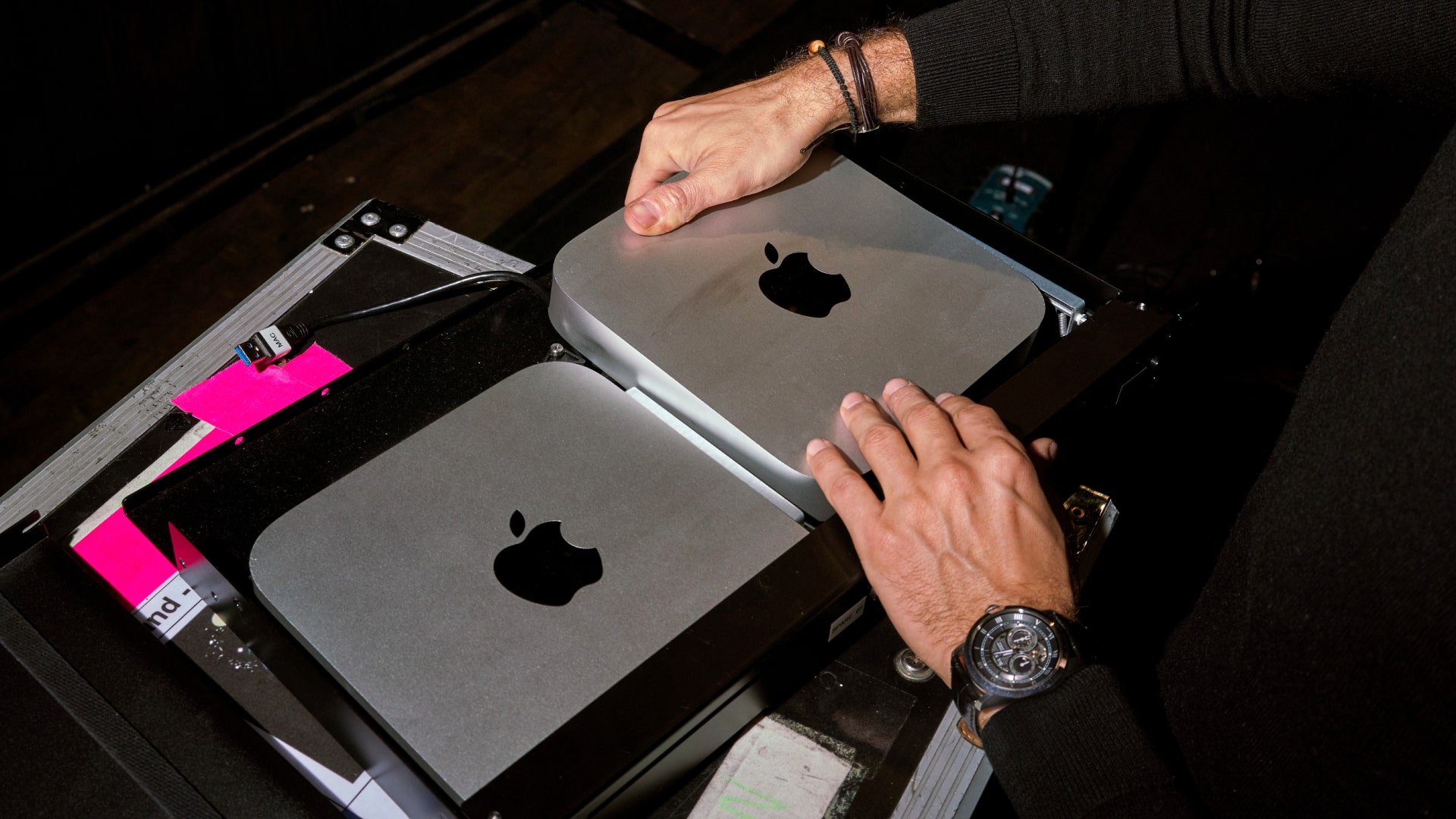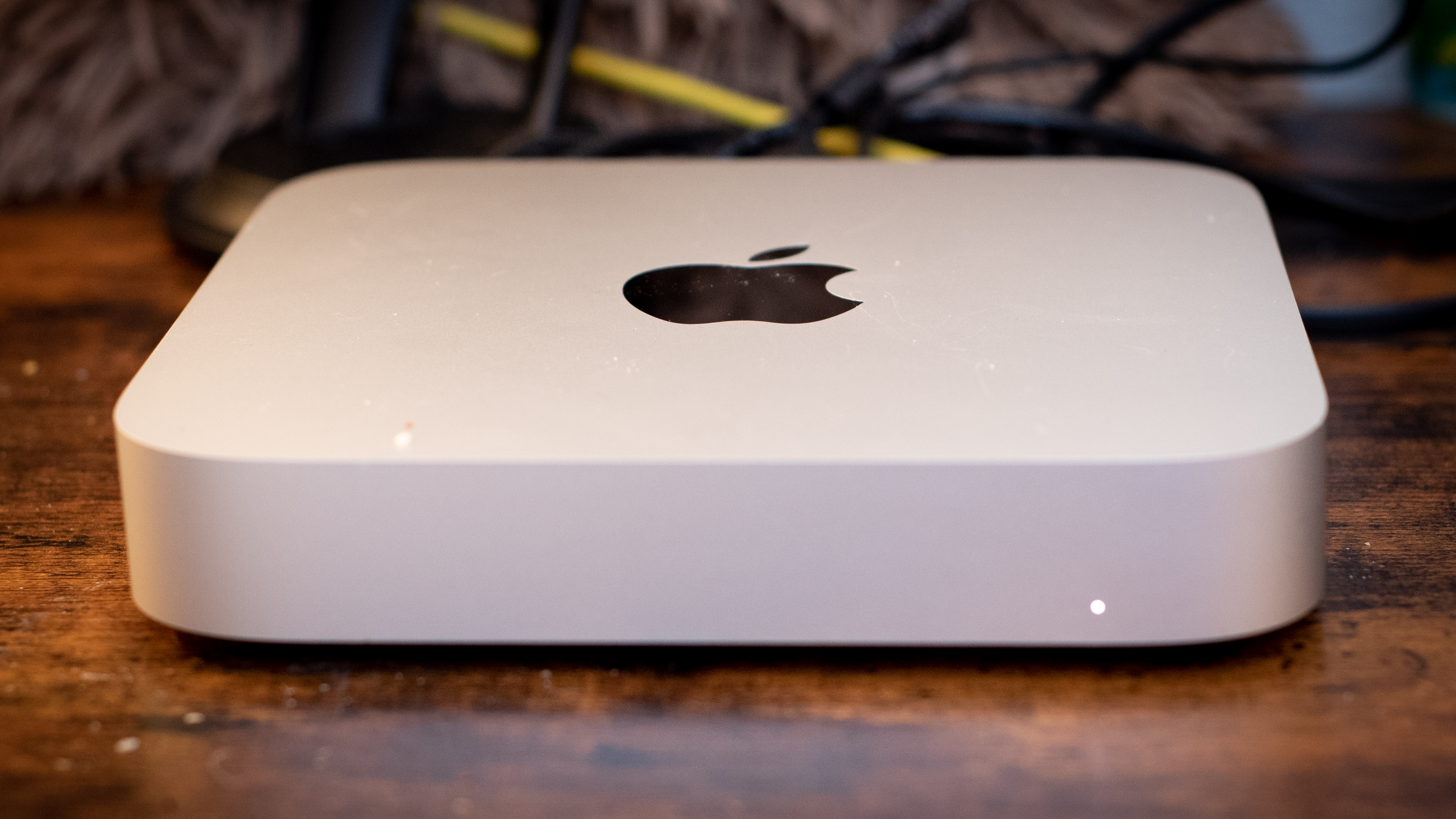15 years ago, Apple reinvented the Mac mini with one of its best-ever designs

It’s often felt like the Mac mini has been the most underrated member of Apple’s Mac lineup, with popular devices like the MacBook Air and the MacBook Pro hogging much more of the limelight.
But for all its quiet humility, Apple’s dinkiest computer is one of the best Macs you can buy, offering excellent power and superb value in a miniature form factor that no alternative can match. It really is one of the best mini PCs on the market.
The M4 Mac mini sums this fact up perfectly, with its ability to pack an astonishing amount of power into its tiny footprint. If you want a desktop computer that doesn’t overwhelm your workspace, the Mac mini is the obvious choice.
Yet it wouldn’t be where it is today were it not for the first-ever aluminum Mac mini, which launched 15 years ago today. That device set the standard for small-form-factor PCs and defined the blueprint that Apple continues to use to this day.
Announced just after the Worldwide Developers Conference (WWDC) in June 2010, this Mac mini boasted an aluminum unibody design that relaunched the Mac mini as a sleek, powerful device that didn’t compromise on the inside or out. Looking back, it’s clear to see how far its influence has extended into the modern age – and continues to impact the latest Mac models from Apple.
A high-spec new design

Before 2010, all of Apple’s Mac mini computers had been made with a combination of aluminum around the sides and polycarbonate plastic on the top. This created a two-tone white-and-silver look that matched the stylings of Apple’s iMac. Yet it was a design that had been established with the iMac G4 in 2002, and by 2010 it was starting to wear a little thin. A change was needed.
That change arrived in the form of the third-generation Mac mini, which featured an all-aluminum body crafted from a single piece of metal. This unibody design followed the trend established by Apple’s other Macs and helped signal that the Mac mini had entered a new era – one expressed through the class, craft and solidity of metal. Gone was the cheap-feeling plastic: Apple meant business now.
Sign up for breaking news, reviews, opinion, top tech deals, and more.
And there was a more practical element to this new design: longevity. A computer as titchy as the Mac mini could be easily moved around and tossed into a backpack when needed, and an aluminum shell would stand up to far more abuse than one featuring a plastic top surface. In that small way, it reflected Apple’s long-standing belief that design should be functional as well as aesthetic.
Looking toward the future

The 2010 Mac mini wasn’t just about a fresh face, though – it brought tangible benefits to its users as well.
Right off the bat, it was much slimmer than the model it replaced. Instead of the 51mm height that Mac mini fans had seen from 2006 to 2009, the 2010 edition was chopped down to a mere 36mm – a figure that lasted 14 years until 2024, when the M4 edition reconfigured the look and feel once again, proving just how well-regarded the 2010 design was.
Back when we reviewed the server edition of the 2010 Mac mini, we had this to say about its shrunken build: “The new Mac mini with Snow Leopard Server has surely been taking tips from Doctor Who’s TARDIS – despite being cut from a single block of aluminum, it must somehow be bigger on the inside – how else could one shoehorn that amount of hardware into such a small form-factor?”
Despite the praise, however, there were design compromises to be made, mainly in the footprint. Instead of the 170x170mm frame of the past model, the 2010 version expanded its measurements to 196x196mm. But considering the more slimline shape its lower height afforded, the new model still came in a beautifully compact form.

Apple also managed to incorporate the power supply into the inside of the Mac mini, meaning there was less bulk to haul around and hide in your office. In fact, Apple said this reduced the overall volume of the machine by 20%.
On the inside, you got a 2.4GHz Intel Core 2 Duo processor, Nvidia GeForce 320M integrated graphics that Apple said offered “twice the graphics performance” of its predecessor, 2GB of memory (with a removable panel for memory upgrades), and a base 320GB of storage. For the first time, the Mac mini also came with an SD card slot and an HDMI port, helping to bring more up-to-date connectivity options to its demanding users.
Interestingly, while the entry-level model had an 8x slot-loading SuperDrive for CD and DVD playback, all other models lacked this feature. That was formalized when the Mac mini was updated in 2011, with all models seeing the SuperDrive removed. Instead, Apple went all-in on wireless connectivity, with Gigabit Ethernet and 802.11n Wi-Fi pushing users towards getting their media over the internet.
And that summed up the Mac mini’s ethos at the time: forward-thinking design and functionality, even if it meant a few sacrifices. Apple had always been passionate about adopting the latest technologies and dropping those it thought would soon be obsolete – the iMac G3’s lack of a floppy drive being another example – and that helped the Mac mini adopt modern ports and do away with CDs at a time when internet streaming was coming into its own. Instead of being stuck in the past, both its design and features looked toward the future.
Computing on your own terms

M1 Mac mini was launched in 2020. I’ve always been someone who likes using a computer on my own terms – that means pairing my PC with my own choice of monitor, keyboard and mouse. Since the iMac comes with these things bundled in, that put it out of contention for me.
But I didn’t settle on the Mac mini simply because it was the only option left – there were plenty of factors that leapt out to me. Primary among them was its compact shape, which meant I could carry it around with me on my travels, pairing it with a portable display and peripherals to work on the go.
Plus, this allowed me to avoid over-reliance on a laptop, which, several years before, had caused me severe back pain after too many late nights hunched over its low-angle frame. No, if I was to have a Mac, it needed to be both customizable and comfortable. It’s a niche that the Mac mini has always filled with aplomb.
These days, the 2010 model’s low-and-wide chassis feels a little outdated, at least compared to the even tinier M4 Mac mini. Yet the fact that the M4 model has kept so many of the 2010 version’s features, from its miniature footprint to its all-metal construction – demonstrates the debt of gratitude it owes to the 2010 Mac mini. It really was a Mac that stood the test of time.
Oh, and one more thing: the 2010 Mac mini was priced at $699 on launch. That just goes to show what a tremendous bargain the M4 Mac mini is – 15 years of inflation later and it’s actually cheaper, starting at $599. The Mac mini has long been the most affordable way into the Mac ecosystem, and that’s a torch that the 2010 edition helped to carry. It’s a legacy the Mac mini’s modern incarnation is helping to keep alive.
You might also like

Alex Blake has been fooling around with computers since the early 1990s, and since that time he's learned a thing or two about tech. No more than two things, though. That's all his brain can hold. As well as TechRadar, Alex writes for iMore, Digital Trends and Creative Bloq, among others. He was previously commissioning editor at MacFormat magazine. That means he mostly covers the world of Apple and its latest products, but also Windows, computer peripherals, mobile apps, and much more beyond. When not writing, you can find him hiking the English countryside and gaming on his PC.
You must confirm your public display name before commenting
Please logout and then login again, you will then be prompted to enter your display name.